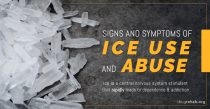
Ice is a purified crystalline form of methamphetamine that is also known as crystal meth. It can be manufactured using cold medicine and chemicals like battery acid, antifreeze, or drain cleaner. Ice is a central nervous system stimulant that can rapidly lead to dependence and addiction. Among the most common signs that someone is using ice are irritability, problems sleeping, tooth decay, and weight loss. A few of the symptoms of ice abuse are kidney damage, heart attacks, depression, anxiety, and intense cravings.
It can be difficult to determine if someone is using ice if you don’t know what to look for. Commonly referred to as crystal, crank, shards, glass, Tina, or crystal meth, ice has become a serious problem across the globe. Ice abuse can lead to psychological issues, co-occurring disorders, and other problems in a person’s life.
A lot of people using ice don’t know who to turn to when they want to stop, or where to go for help for that matter. If you suspect someone is using crystal meth or ice, or if you yourself are using crystal meth—don’t give up hope. There are a lot of people who want to help.

What Is Ice?
Ice first showed up in the 1980s and has since become popular in the United States, Europe, Mexico, and other countries throughout the world. Ice is a central nervous system stimulant that can be smoked, diluted and intravenously injected, or ground into a powder and snorted. Ice is a purified crystalline form of methamphetamine and looks like a fragment of glass. The color of the drug can be clear, gray, brown, yellow, orange, or pink; depending on the ingredients.
How Is Ice Made?
Crystal meth is characteristic of large cities, but drug trafficking brings it to rural areas as well. Make no mistake, ice isn’t only manufactured in cities or other heavily populated regions; it can be produced in what are known as meth labs. These labs can be anything from a shed, van, or even a tent in the woods. To make ice, a person cooks up ingredients like pseudoephedrine (cold medicine), battery acid, antifreeze, or drain cleaner.
Unfortunately, those preparing the drugs are often using them as well, so this can rapidly become a dangerous situation. Not only to society but also to the environment. Meth labs create a lot of toxic waste which isn’t likely disposed of in an environmentally friendly manner. Not only that, the accidental explosions meth labs can cause are often detrimental to anyone nearby.
Understanding Ice Abuse
Methamphetamine is similar to amphetamine, which is used in medicine to and treat attention deficit hyperactivity disorder by stimulating the part of the brain and nerves that control impulsive behaviors. The Drug Enforcement Administration has categorized methamphetamine as a Schedule II drug because of its high potential for abuse. Ice is among the most potent and addictive drugs on in the world. Abusing it can lead to serious psychological addiction and fast; it can have a person hooked after just one use.

It’s true, crystal meth is a dangerous, addictive, and often deadly. Those who become addicted to meth might not be able to control the amount of the drug they’re using, because so frequently an addiction starts with an obsession and leads to compulsive use of a drug. So why do people use the drug? “Methamphetamine increases the amount of dopamine in the brain, which is involved in body movement, motivation, pleasure, and reward” (National Institute on Drug Abuse).
No matter how you look at it, it’s important to remember that the people suffering from addiction weren’t always that way—they’re still our neighbors, brothers, mothers, teachers, friends, and citizens who happen to suffer from a chronic disease. They’re people who need as much love and support as they can get.
Signs Someone Is Using Ice
Some people abusing ice may wind up in a binge and have hallucinations, become extremely antisocial, or even seem like there’s no hope for a cure. Even though addiction is a defined as a chronic disease, there’s always hope for recovery. If you aren’t sure if someone is abusing ice, here are some of the signs to look for:
- Weight loss as a result of decreased appetite
- Decaying teeth or Meth Mouth
- Irritability and violent behavior
- Problems sleeping
- Trouble remembering
- Serious emotional issues
- Hyperactivity
- Psychotic episodes
- Paranoia
- Confusion
- Hallucinations
- Meth Mites or belief that there are microscopic parasites under the skin

Long-Term Effects And Symptoms Of Ice Abuse
If use of crystal meth persists, the drug can cause symptoms beyond the signs and short-term effects; some of which aren’t treatable. Ice abuse can lead to:
- Intense Cravings
- Fatigue
- Anxiety
- Depression
- Stroke
- Kidney Damage
- Psychotic Behavior
- Psychosis
- Faster Breathing
- Increased Blood Pressure
- Irregular Heart Rate
- Heart Attack
- Withdrawal Symptoms
- Overdose
- Death
When a person becomes physically dependent on crystal meth, they’re likely to experience withdrawals when they stop using, or run out of the drug. These symptoms are both mentally and physically draining and can be quite painful. Some of the withdrawals embody the long-term effects of crystal meth, and “can include anxiety, fatigue, severe depression, psychosis, and intense drug cravings” (NIDA).
Is There Treatment For Ice Addiction And Dependence?
There a lot people who are addicted to crystal meth, and some of them never make it to treatment. That doesn’t mean they wouldn’t try if given the chance. It’s possible that some of them (or a lot of them) never ask for help due to fear of rejection, or because of the guilt and shame they feel. And there’s a huge scope of crystal meth abuse in the United States.
According to NIDA, in 2012 “approximately 1.2 million people reported using methamphetamine in the past year.” Not all of these people ever overdosed or developed an addiction, for that matter. Some of them didn’t need rehab to quit, but a lot of them did—sometimes it’s just a safer route to go.
With the right inpatient treatment there’s hope for a full recovery and drug-free life. Choosing to go to rehab can save your life, or the life of a person you care about; and there’s a treatment program that suits nearly everybody.
Behavioral Therapies For Substance Use Disorders
Behavioral therapies are some of the most effective methods for treating an addiction to ice. Furthermore, people come from all kinds of different backgrounds, so an individualized treatment tends to be the most effective—and there really isn’t a one size fits all method for treating addiction. The most commonly employed methods for treating a crystal meth addiction are cognitive behavioral therapy, dialectical behavioral therapy, and contingency management.
Cognitive behavioral therapy can prevent relapse by helping a patient to recognize unhealthy behavior patterns, and situations that would normally evoke a desire to use drugs. Dialectical behavior therapy helps a patient learn to change behaviors by teaching acceptance skills through mindfulness and distress management, and change skills through emotion regulation and interpersonal effectiveness. Contingency-management uses a system of rewards and motivational incentives to teach a person healthy behaviors for a substance free life.
Is There A Rehab Center That’s Right For Me?
If you would like to learn more about an ice addiction, Contact DrugRehab.org at 1-833-473-4227 to confidentially speak to someone who understands crystal meth addiction, and can help find a treatment that meets your needs.
For More Information Related to “Signs and Symptoms of ICE Use and Abuse” Be Sure To Check Out These Additional Resources From DrugRehab.org:
- How Long Does Methamphetamine Stay In Your System
- Understanding The Combat Methamphetamine Act
- Common Street Names For Illegal Drugs
- Methamphetamine Overdose Treatment
- Common Street Names For Illegal Drugs
Sources
National Institute on Drug Abuse – What is the scope of Methamphetamine abuse in the United States?


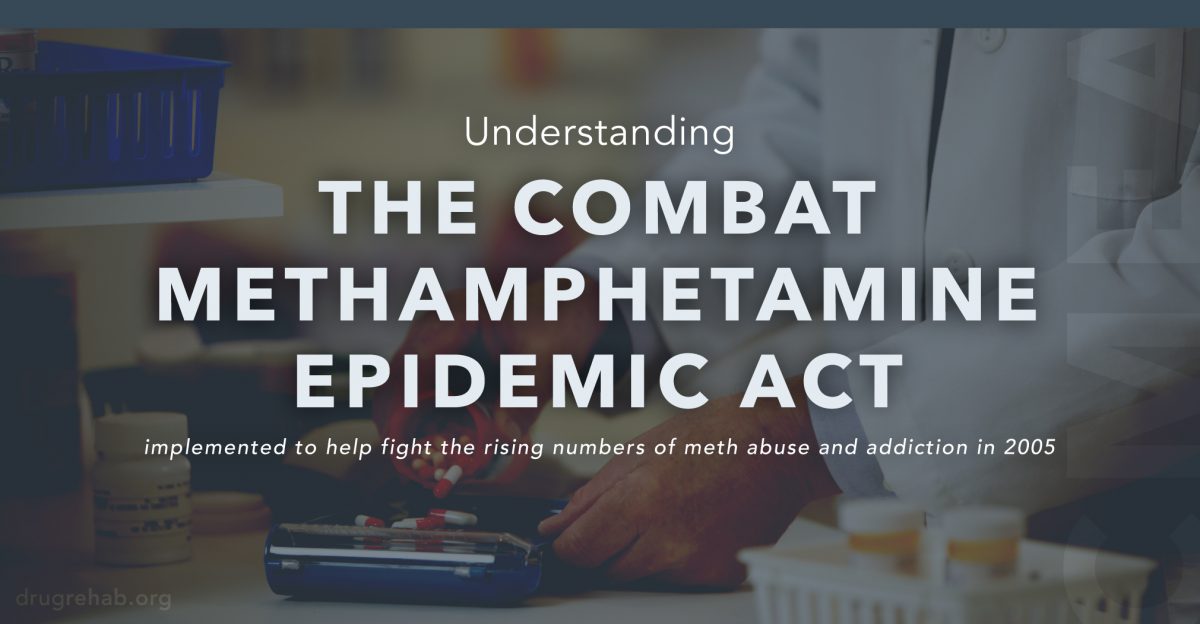
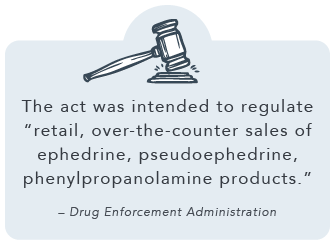

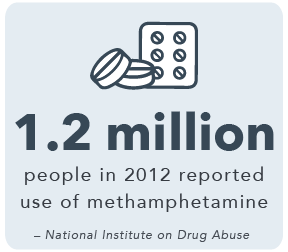
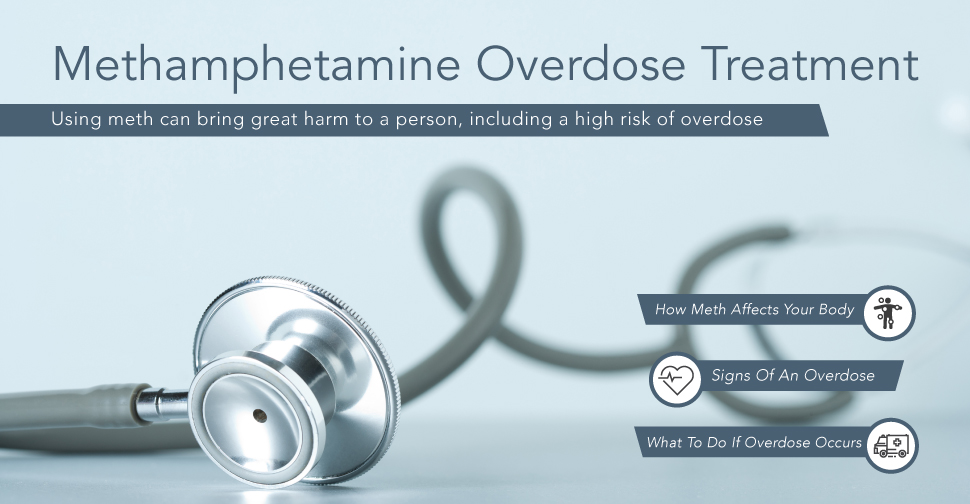
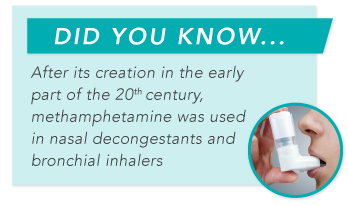

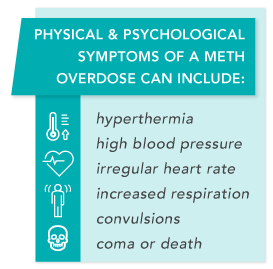 Agitation
Agitation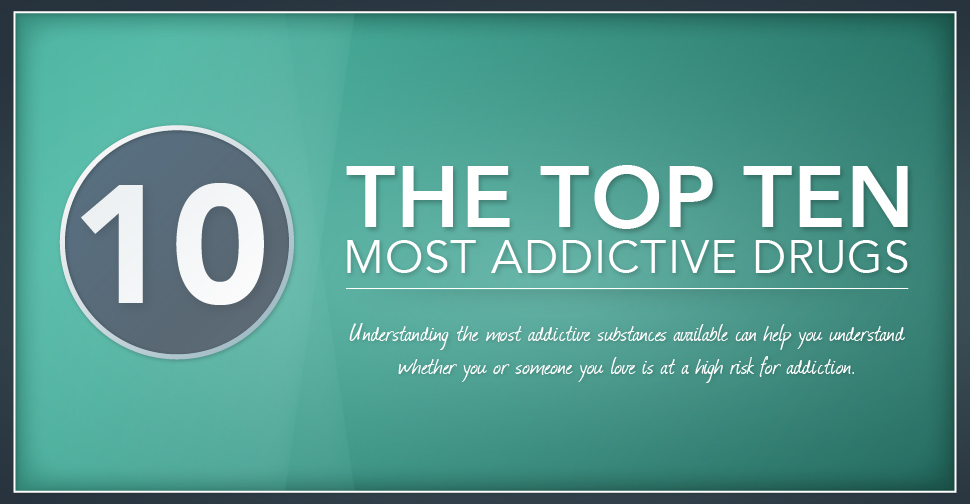





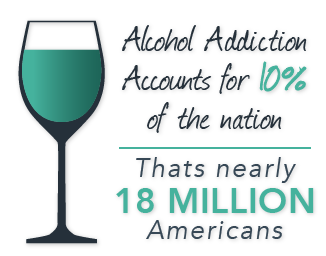 Alcohol
Alcohol

